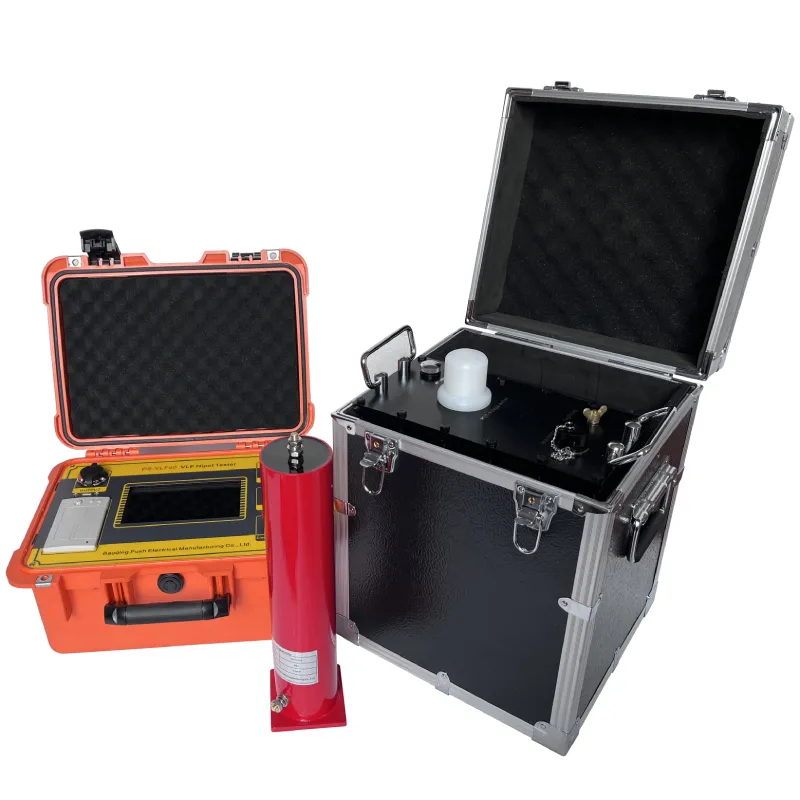TEL:
+86-0312-3189593
 English
English

Telephone:0312-3189593

Email:sales@oil-tester.com

-
 Afrikaans
Afrikaans -
 Albanian
Albanian -
 Amharic
Amharic -
 Arabic
Arabic -
 Armenian
Armenian -
 Azerbaijani
Azerbaijani -
 Basque
Basque -
 Belarusian
Belarusian -
 Bengali
Bengali -
 Bosnian
Bosnian -
 Bulgarian
Bulgarian -
 Catalan
Catalan -
 Cebuano
Cebuano -
 China
China -
 China (Taiwan)
China (Taiwan) -
 Corsican
Corsican -
 Croatian
Croatian -
 Czech
Czech -
 Danish
Danish -
 Dutch
Dutch -
 English
English -
 Esperanto
Esperanto -
 Estonian
Estonian -
 Finnish
Finnish -
 French
French -
 Frisian
Frisian -
 Galician
Galician -
 Georgian
Georgian -
 German
German -
 Greek
Greek -
 Gujarati
Gujarati -
 Haitian Creole
Haitian Creole -
 hausa
hausa -
 hawaiian
hawaiian -
 Hebrew
Hebrew -
 Hindi
Hindi -
 Miao
Miao -
 Hungarian
Hungarian -
 Icelandic
Icelandic -
 igbo
igbo -
 Indonesian
Indonesian -
 irish
irish -
 Italian
Italian -
 Japanese
Japanese -
 Javanese
Javanese -
 Kannada
Kannada -
 kazakh
kazakh -
 Khmer
Khmer -
 Rwandese
Rwandese -
 Korean
Korean -
 Kurdish
Kurdish -
 Kyrgyz
Kyrgyz -
 Lao
Lao -
 Latin
Latin -
 Latvian
Latvian -
 Lithuanian
Lithuanian -
 Luxembourgish
Luxembourgish -
 Macedonian
Macedonian -
 Malgashi
Malgashi -
 Malay
Malay -
 Malayalam
Malayalam -
 Maltese
Maltese -
 Maori
Maori -
 Marathi
Marathi -
 Mongolian
Mongolian -
 Myanmar
Myanmar -
 Nepali
Nepali -
 Norwegian
Norwegian -
 Norwegian
Norwegian -
 Occitan
Occitan -
 Pashto
Pashto -
 Persian
Persian -
 Polish
Polish -
 Portuguese
Portuguese -
 Punjabi
Punjabi -
 Romanian
Romanian -
 Russian
Russian -
 Samoan
Samoan -
 Scottish Gaelic
Scottish Gaelic -
 Serbian
Serbian -
 Sesotho
Sesotho -
 Shona
Shona -
 Sindhi
Sindhi -
 Sinhala
Sinhala -
 Slovak
Slovak -
 Slovenian
Slovenian -
 Somali
Somali -
 Spanish
Spanish -
 Sundanese
Sundanese -
 Swahili
Swahili -
 Swedish
Swedish -
 Tagalog
Tagalog -
 Tajik
Tajik -
 Tamil
Tamil -
 Tatar
Tatar -
 Telugu
Telugu -
 Thai
Thai -
 Turkish
Turkish -
 Turkmen
Turkmen -
 Ukrainian
Ukrainian -
 Urdu
Urdu -
 Uighur
Uighur -
 Uzbek
Uzbek -
 Vietnamese
Vietnamese -
 Welsh
Welsh -
 Bantu
Bantu -
 Yiddish
Yiddish -
 Yoruba
Yoruba -
 Zulu
Zulu
Փտր . 13, 2025 12:02
Back to list
3 phase relay test kit
Testing a single-phase transformer is an essential aspect of ensuring its efficiency, safety, and longevity. As a fundamental component in electrical systems, transformers demand regular inspection and maintenance. This article delves into the intricacies of testing single-phase transformers, underlining practical insights and expert recommendations that stand out in the vast sea of online information.
Continuity and polarity tests provide further critical insights. Continuity tests confirm that the electrical pathway within the transformer is complete and unbroken, whereas polarity tests ensure that the windings are properly aligned. Making mistakes in these areas can have dire consequences, affecting both performance and safety. A comprehensive dielectric test, often conducted as an AC or DC hi-pot test, assesses the transformer's ability to withstand overvoltages. This is vital for confirming that insulation can handle operational stresses. Experts highlight the importance of understanding the accepted industry standards and safety measures while conducting such tests, given their tendency to impose high stress on the equipment. Documentation and analysis of test results are paramount for maintaining a reliable testing routine. Log results with timestamps, ambient conditions, and parameters used during testing. This not only facilitates future diagnostics but also builds a comprehensive data history to anticipate potential issues, thus enhancing trustworthiness and safeguarding investment in the equipment. Reinforcing the importance of these practices is the role of continuous training and staying updated with the latest in testing technologies and standards. Engaging with industry conferences, workshops, and training programs is invaluable for professionals aspiring to greater expertise and authority in the field. Understanding these nuanced procedures fosters not only mastery over single-phase transformer testing but also bolsters the broader objectives of reliability and efficiency in electrical systems. Proper testing not only prevents potential failures but also extends the operational lifespan of the equipment, making it a critical endeavor for anyone responsible for such essential devices.


Continuity and polarity tests provide further critical insights. Continuity tests confirm that the electrical pathway within the transformer is complete and unbroken, whereas polarity tests ensure that the windings are properly aligned. Making mistakes in these areas can have dire consequences, affecting both performance and safety. A comprehensive dielectric test, often conducted as an AC or DC hi-pot test, assesses the transformer's ability to withstand overvoltages. This is vital for confirming that insulation can handle operational stresses. Experts highlight the importance of understanding the accepted industry standards and safety measures while conducting such tests, given their tendency to impose high stress on the equipment. Documentation and analysis of test results are paramount for maintaining a reliable testing routine. Log results with timestamps, ambient conditions, and parameters used during testing. This not only facilitates future diagnostics but also builds a comprehensive data history to anticipate potential issues, thus enhancing trustworthiness and safeguarding investment in the equipment. Reinforcing the importance of these practices is the role of continuous training and staying updated with the latest in testing technologies and standards. Engaging with industry conferences, workshops, and training programs is invaluable for professionals aspiring to greater expertise and authority in the field. Understanding these nuanced procedures fosters not only mastery over single-phase transformer testing but also bolsters the broader objectives of reliability and efficiency in electrical systems. Proper testing not only prevents potential failures but also extends the operational lifespan of the equipment, making it a critical endeavor for anyone responsible for such essential devices.
Previous:
Latest news
-
Testing Equipment Industry Sees Major Advancements in 2025: Smart & Precision Technologies Lead the WayNewsJun.06,2025
-
Applications of Direct Current Generators in Renewable Energy SystemsNewsJun.05,2025
-
Hipot Tester Calibration and Accuracy GuidelinesNewsJun.05,2025
-
Digital Circuit Breaker Analyzer Features and BenefitsNewsJun.05,2025
-
Benefits of Real-Time Power Quality Monitoring Devices for Industrial EfficiencyNewsJun.05,2025
-
Earth Fault Loop Testing in High-Rise Building Electrical SystemsNewsJun.05,2025



